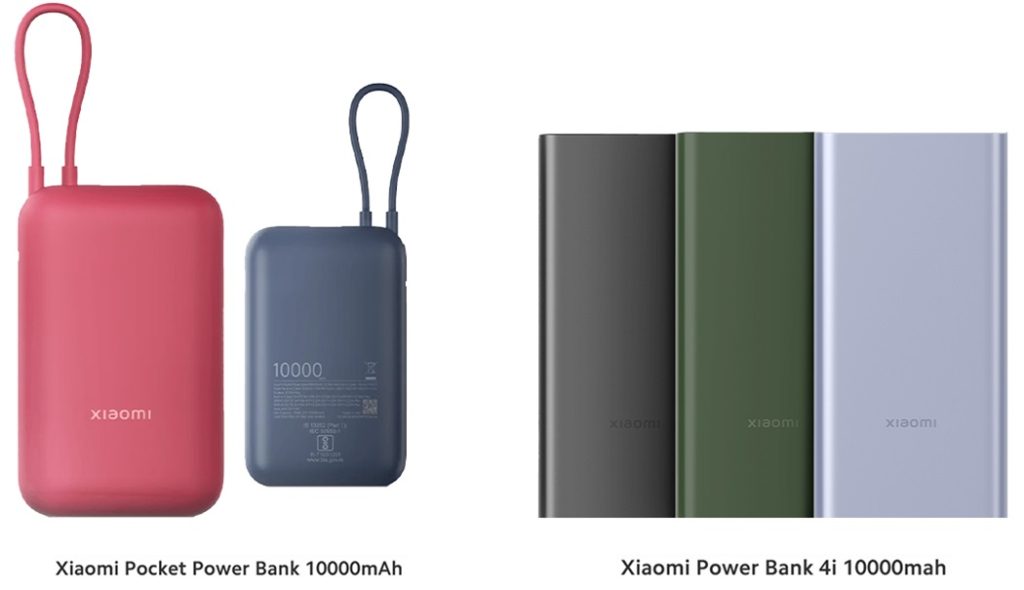How a Simple Device Transformed Modern Life
The cellphone has come a long way since its humble beginnings, evolving from a clunky, limited gadget into an indispensable part of our daily lives. In the late 20th century, the first mobile phones were little more than portable telephones—bulky, expensive, and reserved for the elite. Think of the iconic "brick" phones of the 1980s, like the Motorola DynaTAC, which weighed nearly two pounds and offered a mere 30 minutes of talk time. Fast forward to today, and the cellphone is a sleek, multifaceted marvel that fits in your pocket. It’s not just a communication tool anymore; it’s a camera, a computer, a music player, and a gateway to the digital world. This transformation reflects not only technological innovation but also a cultural shift, as cellphones have redefined how we connect, work, and play.

The Technological Leap: Power in Your Palm
AtRecipes the heart of the cellphone’s evolution is a relentless march of technological progress. Early mobile phones relied on analog signals and basic circuitry, but the advent of digital networks in the 1990s paved the way for smaller, more efficient devices. The introduction of the smartphone—epitomized by the iPhone in 2007—marked a turning point, blending touchscreens, internet access, and app ecosystems into one cohesive package. Today’s cellphones boast processing power that rivals desktop computers from a decade ago, with features like 5G connectivity, AI-driven cameras, and foldable displays pushing the boundaries further. These advancements aren’t just about specs; they’ve democratized access to information and tools once reserved for specialists, turning the average person into a photographer, filmmaker, or entrepreneur with a single device.
While the cellphone has undeniably revolutionized convenience and connectivity, it’s also reshaped society in complex ways. On one hand, it’s a lifeline—keeping families in touch across continents, enabling remote work, and providing instant access to emergency services. Social media apps have turned cellphones into platforms for self-expression and global movements, amplifying voices that might otherwise go unheard. Yet, there’s a flip side: the constant ping of notifications and the allure of endless scrolling have sparked debates about screen time, mental health, and the erosion of face-to-face interaction. The cellphone has tethered us to a digital world, sometimes at the cost of the physical one, leaving us to grapple with a paradox—more connected than ever, yet often feeling more isolated. As this pocket-sized titan continues to evolve, its influence on our lives will only deepen, challenging us to balance its gifts with its demands.
